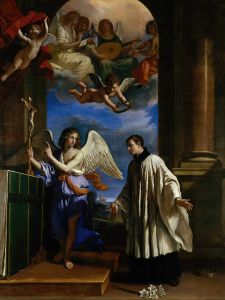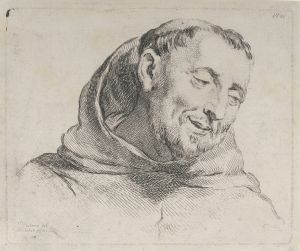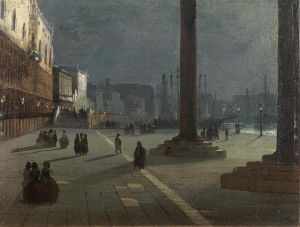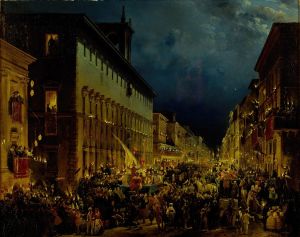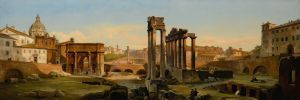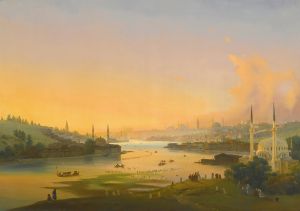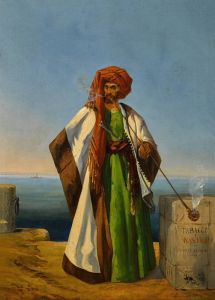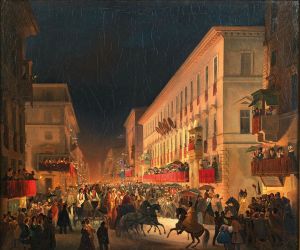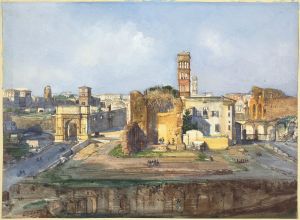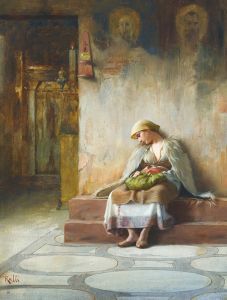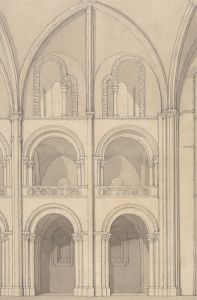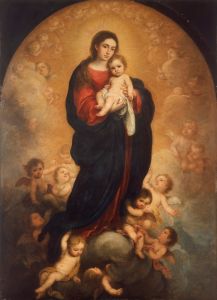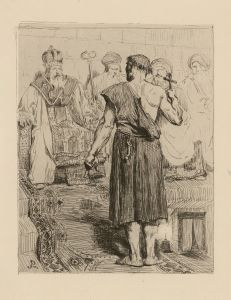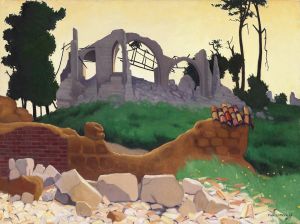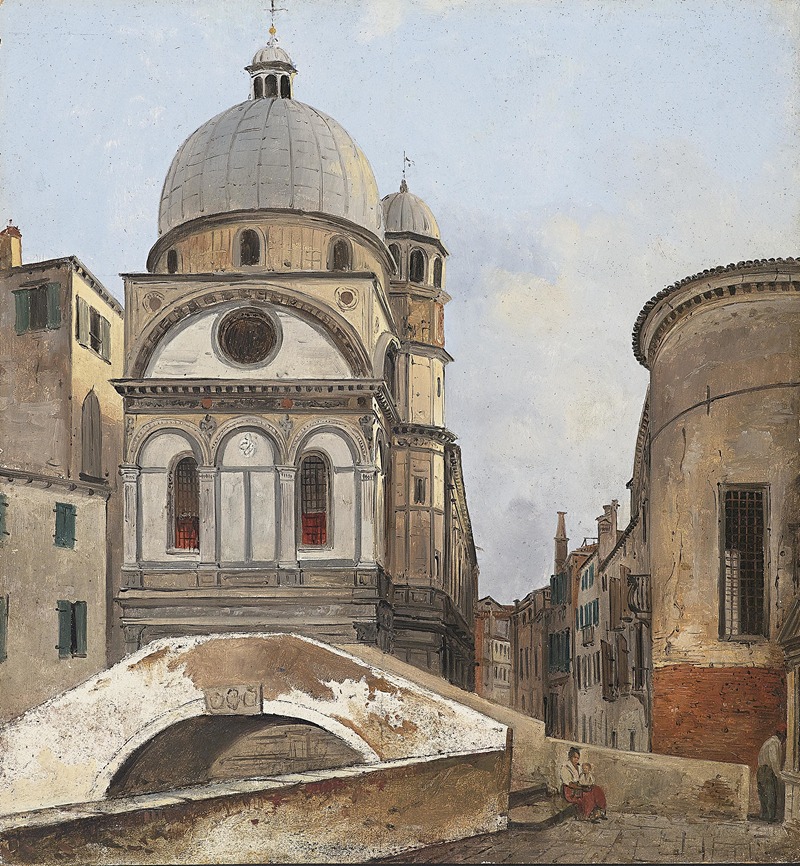
Santa Maria dei Miracole e Santa Maria Nova
A hand-painted replica of Ippolito Caffi’s masterpiece Santa Maria dei Miracole e Santa Maria Nova, meticulously crafted by professional artists to capture the true essence of the original. Each piece is created with museum-quality canvas and rare mineral pigments, carefully painted by experienced artists with delicate brushstrokes and rich, layered colors to perfectly recreate the texture of the original artwork. Unlike machine-printed reproductions, this hand-painted version brings the painting to life, infused with the artist’s emotions and skill in every stroke. Whether for personal collection or home decoration, it instantly elevates the artistic atmosphere of any space.
Ippolito Caffi was an Italian painter known for his vivid and atmospheric cityscapes and landscapes, particularly those depicting Venice. One of his notable works is "Santa Maria dei Miracoli e Santa Maria Nova," which captures the essence of Venetian architecture and the unique interplay of light and shadow that characterizes the city.
Caffi was born in Belluno, Italy, in 1809 and developed an early interest in art. He studied at the Accademia di Belle Arti in Venice, where he honed his skills in capturing the intricate details of urban environments. His work is often associated with the Vedutisti tradition, a style of painting that focuses on detailed and accurate representations of cityscapes.
"Santa Maria dei Miracoli e Santa Maria Nova" reflects Caffi's mastery in depicting the architectural beauty of Venice. The painting features the Church of Santa Maria dei Miracoli, a renowned example of early Venetian Renaissance architecture. This church is celebrated for its exquisite marble façade and harmonious proportions. Caffi's depiction highlights these architectural features, emphasizing the church's elegance and the serene atmosphere of its surroundings.
The Church of Santa Maria dei Miracoli was constructed between 1481 and 1489, designed by architect Pietro Lombardo. It is often referred to as the "marble church" due to its lavish use of polychrome marble, which Caffi captures with meticulous attention to detail. The church is situated in the Cannaregio district of Venice, an area known for its picturesque canals and historic buildings.
In Caffi's painting, the play of light is a central element. He skillfully captures the way sunlight interacts with the marble surfaces, creating a sense of depth and realism. This attention to light is a hallmark of Caffi's work, as he often sought to convey the atmospheric conditions of the scenes he painted. His ability to depict the subtle variations in light and shadow adds a dynamic quality to the painting, drawing viewers into the tranquil yet vibrant world of Venice.
Caffi's work is characterized by a keen observation of his surroundings and a dedication to capturing the essence of the places he painted. His paintings often evoke a sense of nostalgia and admiration for the beauty of urban landscapes. "Santa Maria dei Miracoli e Santa Maria Nova" is no exception, as it invites viewers to appreciate the architectural splendor and timeless charm of Venice.
Throughout his career, Caffi traveled extensively, painting scenes from various cities across Europe and the Middle East. Despite his travels, Venice remained a recurring subject in his work, reflecting his deep connection to the city. His paintings are celebrated for their technical precision and ability to convey the unique atmosphere of each location.
Ippolito Caffi's contributions to the art world were recognized during his lifetime, and his works continue to be appreciated for their historical and artistic value. "Santa Maria dei Miracoli e Santa Maria Nova" stands as a testament to his skill as a painter and his enduring fascination with the beauty of Venice.





